How to Stay Fit at Home During the Corona Virus Outbreak
Hello and welcome back again to the ThreeSpires Physiotherapy blog where we take a look at all things physiotherapy and health related. So, as we are currently in the midst of the lockdown period and many people will be unable to get outside at all (such as the elderly or those in vulnerable groups) I thought it could be helpful to have a look at some specific exercise that can help you stay fit, strong and mobile during this period. I have tried to include a range of options here that include balance, strength and core stability and maintain interest. I have also tried to avoid being too specific in terms of amounts that you should be doing as that will really depend upon your current level of fitness. If you have any concerns about this or would like an assessment you can either give us a call or book an online video physiotherapy assessment.
Medical Clearance:
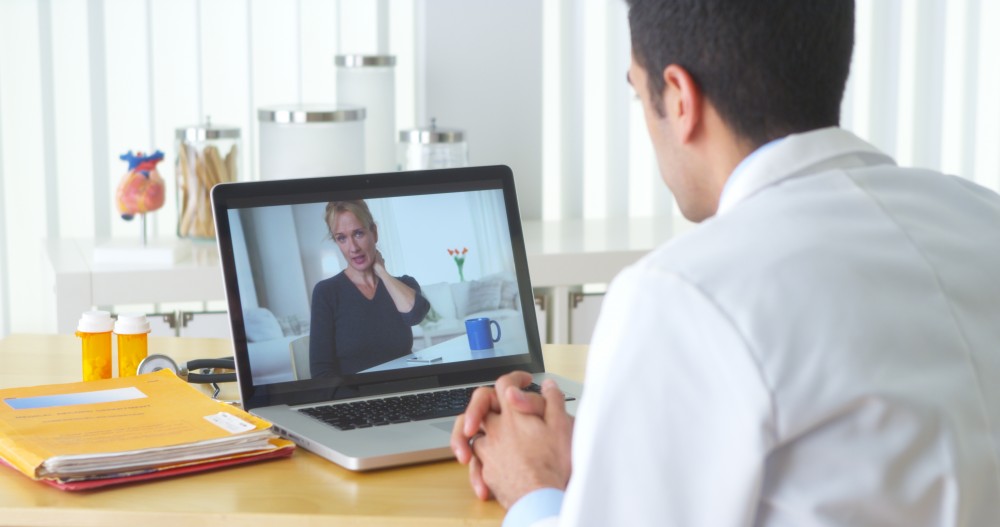 Okay, I think before continuing that it is important to be aware that none of the advice or recommendations in this article replaces the need to discuss taking any new form of exercise up with your doctor. Although home exercise and cardiovascular exercise is good for your health especially in terms of blood pressure and weight loss it is important to have a chat with your doctor especially if you have not done any exercise for a long period.
Okay, I think before continuing that it is important to be aware that none of the advice or recommendations in this article replaces the need to discuss taking any new form of exercise up with your doctor. Although home exercise and cardiovascular exercise is good for your health especially in terms of blood pressure and weight loss it is important to have a chat with your doctor especially if you have not done any exercise for a long period.
Home Exercises to Keep Fit at Home During the Corona Virus Outbreak:
 So, keeping fit at home during the Corona Virus outbreak and especially during the lockdown period needs a range of exercises that target all of the important muscle areas such as your legs, upper body and core but also work your balance systems. The ones I have chosen below are designed to be quick, easy to do, require minimal equipment and target each of the key areas of the body and balance systems, they are also very easily modified to match the fitness and strength of the person involved and can be done in most people’s homes.
So, keeping fit at home during the Corona Virus outbreak and especially during the lockdown period needs a range of exercises that target all of the important muscle areas such as your legs, upper body and core but also work your balance systems. The ones I have chosen below are designed to be quick, easy to do, require minimal equipment and target each of the key areas of the body and balance systems, they are also very easily modified to match the fitness and strength of the person involved and can be done in most people’s homes.
Also, if you have any concerns about doing any of the exercises or potentially be worried about your form and how you are doing the exercises, you can book in an online video physiotherapy assessment where we can take you through a full routine and check everything out for you.
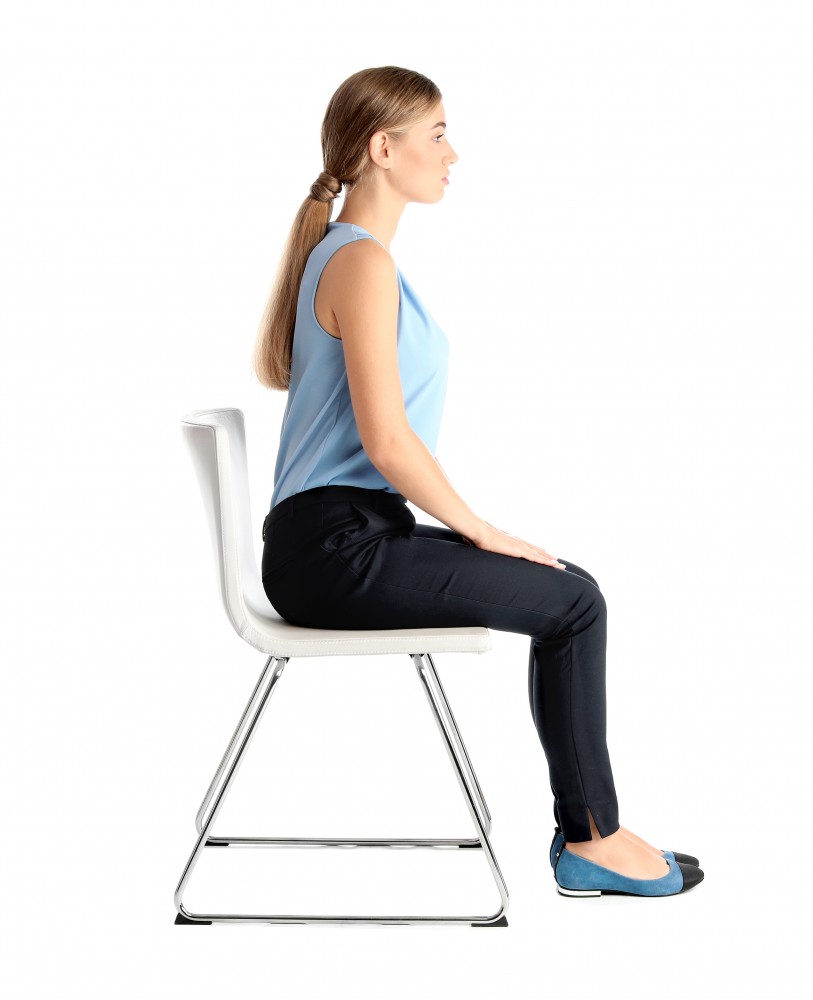 Sit to Stand: I know this sounds simple and many people reading this will be thinking that it is too easy or pointless but just bear with me, as this is pretty much my favourite exercise to give patients to do at home as it is so easy to modify and make either easier or much more difficult. To do this exercise you need to pick a chair or object that is the right height for you. You must be able to stand up and sit down slowly and in control – this means that any point someone could ask you to stop. Now for some people this will mean that you will need to have quite a few cushions under your bum to make this possible. Once you can do 3 sets of 10 of these then you need to lower the height of the chair. To make this exercise harder you can try to do it on one leg. For many of my patients they are surprised at how hard this is to do in control without cheating by slumping down into the chair or using their hands.
Sit to Stand: I know this sounds simple and many people reading this will be thinking that it is too easy or pointless but just bear with me, as this is pretty much my favourite exercise to give patients to do at home as it is so easy to modify and make either easier or much more difficult. To do this exercise you need to pick a chair or object that is the right height for you. You must be able to stand up and sit down slowly and in control – this means that any point someone could ask you to stop. Now for some people this will mean that you will need to have quite a few cushions under your bum to make this possible. Once you can do 3 sets of 10 of these then you need to lower the height of the chair. To make this exercise harder you can try to do it on one leg. For many of my patients they are surprised at how hard this is to do in control without cheating by slumping down into the chair or using their hands.
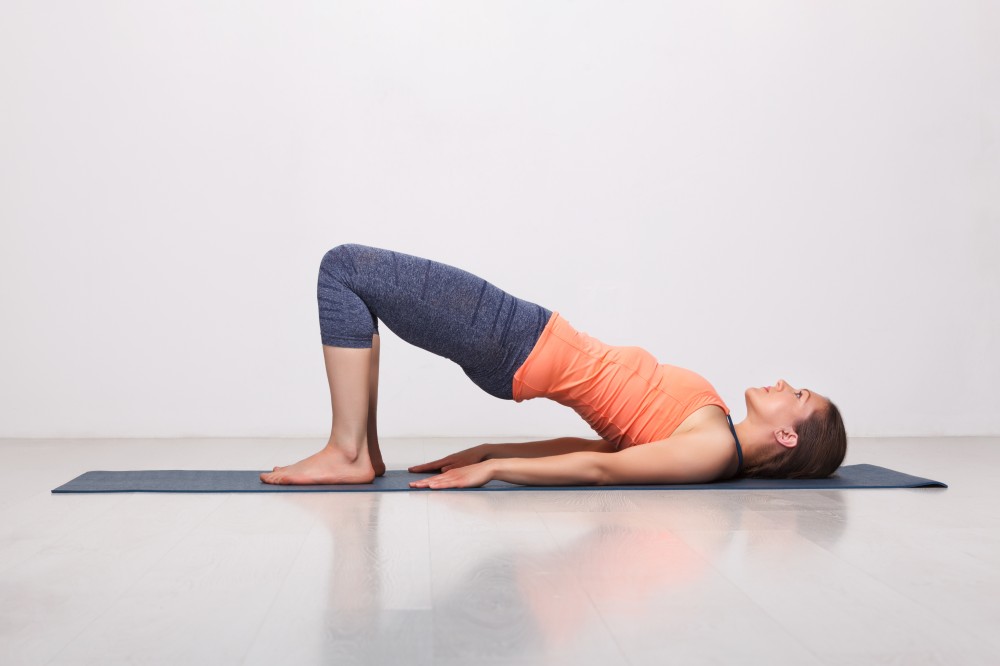 Bridging: this is a great exercise for building up strength in the hamstrings and glutes and working on general pelvic and trunk stability. It can also be easily modified to make it more difficult or easier which for me as a physiotherapist is vital. To do this exercise you need to lie on your back with your legs bent (this can be on the floor or the bed), now with your hands resting on the floor, slowly lift your bum up off the floor as high as you can and hold this position for 1 second and then slowly lower back down. To progress this exercise and make it more difficult begin by crossing your arms across your chest and then eventually try and do it on just one leg at a time.
Bridging: this is a great exercise for building up strength in the hamstrings and glutes and working on general pelvic and trunk stability. It can also be easily modified to make it more difficult or easier which for me as a physiotherapist is vital. To do this exercise you need to lie on your back with your legs bent (this can be on the floor or the bed), now with your hands resting on the floor, slowly lift your bum up off the floor as high as you can and hold this position for 1 second and then slowly lower back down. To progress this exercise and make it more difficult begin by crossing your arms across your chest and then eventually try and do it on just one leg at a time.
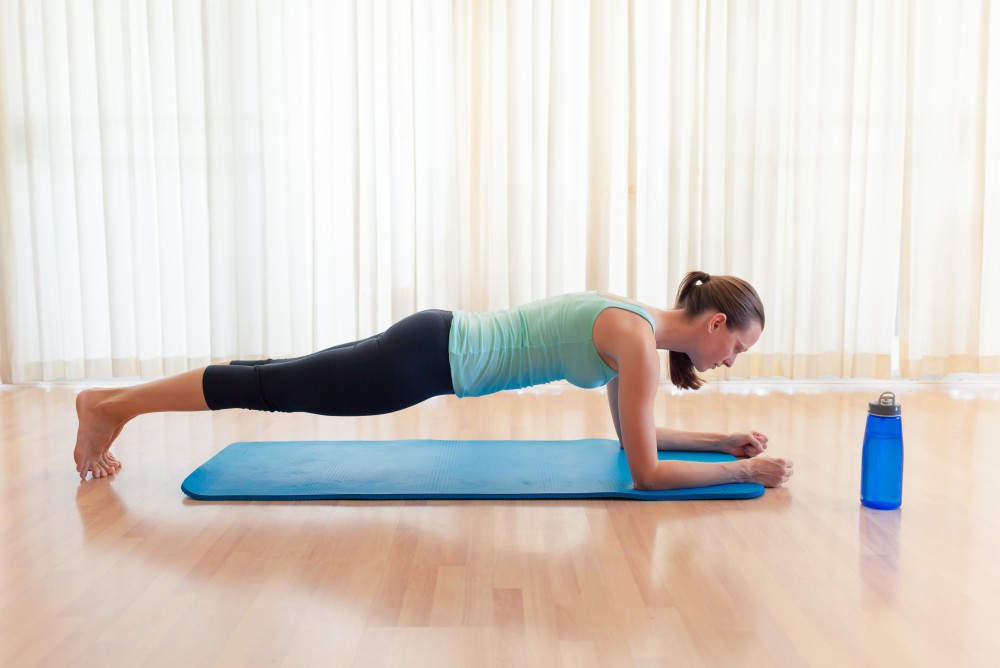 Plank: for many people reading this the thought of doing a plank will strike fear into their hearts and they will instinctively say that they just can not do one. Well, hold on and give me a chance as the plank can be modified in a number of ways to make it more achievable and also can be made more difficult. It is a great exercise for building up trunk stability and endurance and is extremely easy to do at home. The only issue you may find is that you can not get up and off the floor easily you may have to skip this one, as the bed really won’t be ideal.
Plank: for many people reading this the thought of doing a plank will strike fear into their hearts and they will instinctively say that they just can not do one. Well, hold on and give me a chance as the plank can be modified in a number of ways to make it more achievable and also can be made more difficult. It is a great exercise for building up trunk stability and endurance and is extremely easy to do at home. The only issue you may find is that you can not get up and off the floor easily you may have to skip this one, as the bed really won’t be ideal.
- Beginner Plank: on all fours on the floor, link your hands together and rest on your forearms. Now slowly edge your arms forward, keeping the weight on your knees and forearms. Go forward as far as you can without feeling that you can not get back to the starting position. Eventually you will get to a very stretched out position from which you should be able to move up into the actual plank.
- Plank: the photo shows good form during the plank. Try to keep a nice straight back (either ask someone to watch you or have a mirror close by) and your weight evenly distributed along your body. Aim for a 30 second hold.
- Plank Progressions: There are a multitude of possible ways to make the plank harder but my personal favourite is to just use one leg instead of two.
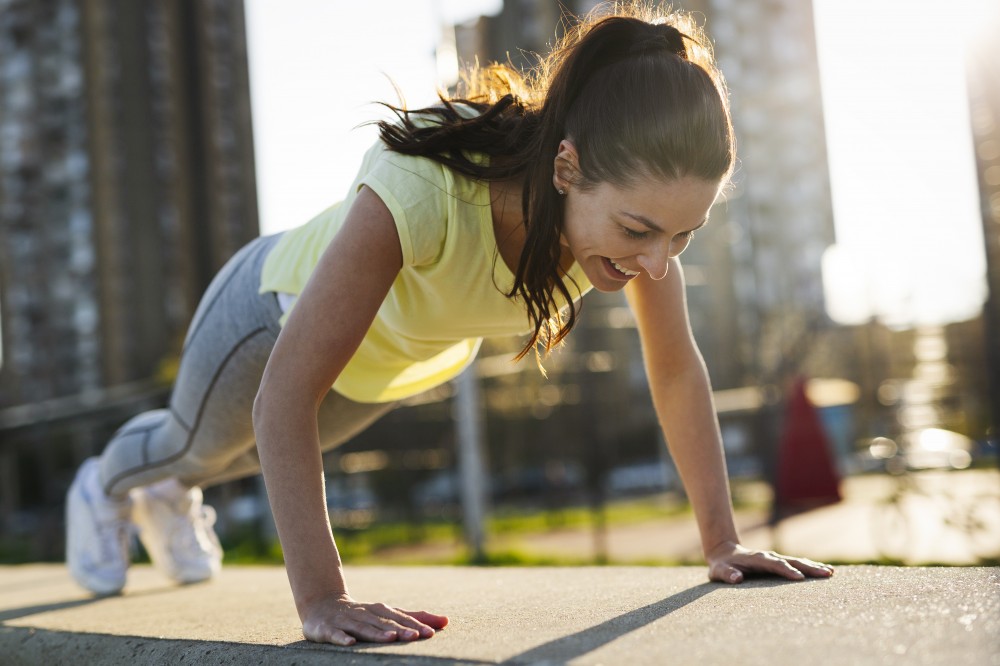 Press Ups: this is a great exercise for building up upper body strength at home and one that can be varied to match your current strength levels. Most people will have experience of at some period in their life trying to do a press up, so they generally don’t need much explanation, however the reason I recommend them is because the intensity and difficulty can be varied very easily and they can be easily done in most homes.
Press Ups: this is a great exercise for building up upper body strength at home and one that can be varied to match your current strength levels. Most people will have experience of at some period in their life trying to do a press up, so they generally don’t need much explanation, however the reason I recommend them is because the intensity and difficulty can be varied very easily and they can be easily done in most homes.
- Beginner Press Up: Try doing a press up from either the kitchen surface or the wall. The further you have your feet back and away from the surface the harder they are. You need to keep your body nice and straight whilst doing them.
- Intermediate Press Up: Try doing a press up on the steps of the stairs with your feet on the floor at the bottom. The lower the step you use the harder they will be.
- Full Press Up: Eventually you should get strong enough to attempt to do the full press up from the floor.
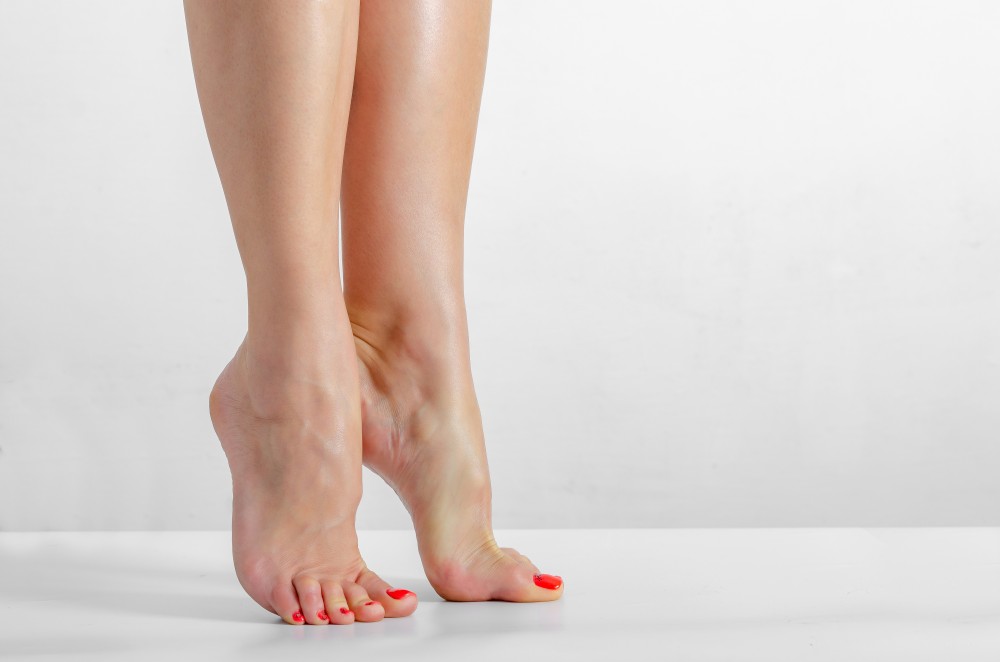 Heel Raises: your calf and general foot strength is a key component of your ability to walk well and your balance. Heel raises done well are a great way to work on your calf strength and your foot control. As with all of the other exercises in this list they can also be easily altered to make them harder or easier and don’t require any equipment, so they can be done easily at home.
Heel Raises: your calf and general foot strength is a key component of your ability to walk well and your balance. Heel raises done well are a great way to work on your calf strength and your foot control. As with all of the other exercises in this list they can also be easily altered to make them harder or easier and don’t require any equipment, so they can be done easily at home.
- Two Leg Heel Raises: As it says try to raise yourself up on your toes, do this slowly, taking about a second to get to the top and a second to the bottom. If this feels too hard, use support from an object such as the kitchen surface to reduce the weight you are lifting.
- Single Leg Heel Raises: only try doing these when you can do 3 sets of 10 double leg heel raises. These are a great way of targeting your individual foot. To do a single heel raise find something to hold onto (this is not a test of your balance) and slowly raise yourself on your one foot as high as you can.
 Lunges: these can really help with working on your hip and pelvic stability whilst also working on your general leg strength. To do a lunge take a big step forward with one leg and put your body in between your two legs. Keep nice and upright and then slowly lower yourself down towards the floor whilst bending your back knee and leg. Only go as far as you can without pain and also you can have some objects such as chairs either side of you to hold onto if needed. Again I really like these because most homes have enough space to do the exercise and you need minimal equipment.
Lunges: these can really help with working on your hip and pelvic stability whilst also working on your general leg strength. To do a lunge take a big step forward with one leg and put your body in between your two legs. Keep nice and upright and then slowly lower yourself down towards the floor whilst bending your back knee and leg. Only go as far as you can without pain and also you can have some objects such as chairs either side of you to hold onto if needed. Again I really like these because most homes have enough space to do the exercise and you need minimal equipment.
 Single Leg Stand: this is a fantastic exercise for working on your balance whilst at home. Even if you can’t currently stand on one leg, you will be able to learn a lot by feeling how hard you are finding it and which areas are working very hard. Also you may well have a difference in balance between legs and it will be worth timing your attempts. Generally I would recommend having three attempts on each leg and taking the best result for each leg. If you find this too hard then you can use some support from the kitchen surface and try to reduce the help needed over time. If you find it too easy either try closing your eyes or purchasing a wobble cushion. If you want to find out more information about some balance exercises and why it is important to have good balance then check out our blog on the subject here.
Single Leg Stand: this is a fantastic exercise for working on your balance whilst at home. Even if you can’t currently stand on one leg, you will be able to learn a lot by feeling how hard you are finding it and which areas are working very hard. Also you may well have a difference in balance between legs and it will be worth timing your attempts. Generally I would recommend having three attempts on each leg and taking the best result for each leg. If you find this too hard then you can use some support from the kitchen surface and try to reduce the help needed over time. If you find it too easy either try closing your eyes or purchasing a wobble cushion. If you want to find out more information about some balance exercises and why it is important to have good balance then check out our blog on the subject here.
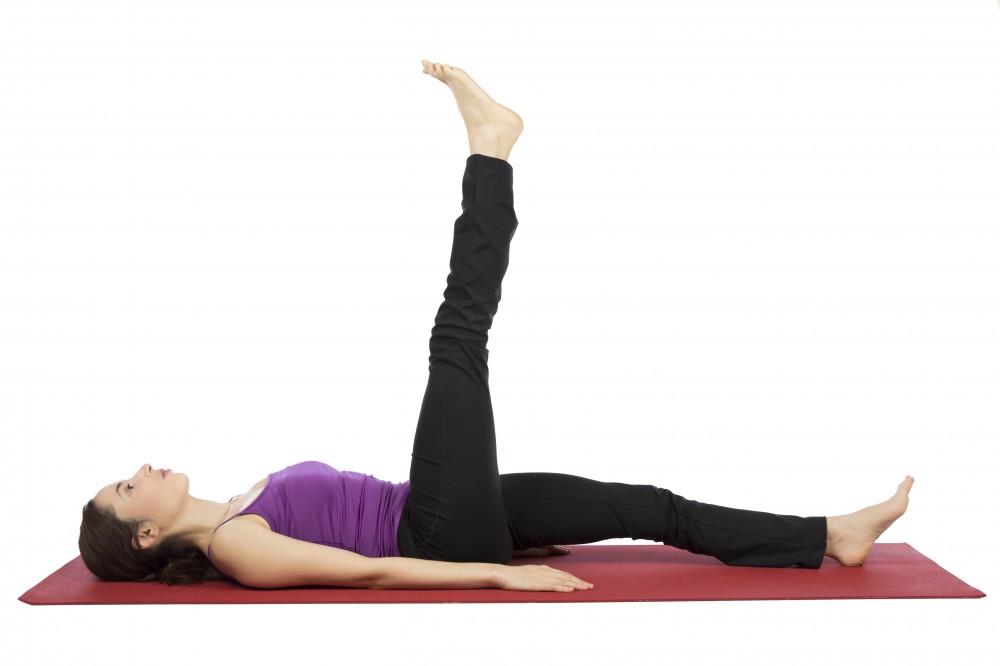 Straight Leg Raise: this a really good home exercise to target your hip muscles and it also works your back muscles and pelvis as well. Simply lie on your back (the bed or the floor will be fine) and whilst keeping your knee straight slowly lift your leg up (to about 45 degrees is enough) and then back down. You may want to keep the opposite leg bent whilst doing this to make it more comfortable for your back. If this is too hard, try keeping your knee bent a little bit and this should make it easier. If you find this a bit too easy then try adding weight to your legs using some small ankle weights.
Straight Leg Raise: this a really good home exercise to target your hip muscles and it also works your back muscles and pelvis as well. Simply lie on your back (the bed or the floor will be fine) and whilst keeping your knee straight slowly lift your leg up (to about 45 degrees is enough) and then back down. You may want to keep the opposite leg bent whilst doing this to make it more comfortable for your back. If this is too hard, try keeping your knee bent a little bit and this should make it easier. If you find this a bit too easy then try adding weight to your legs using some small ankle weights.
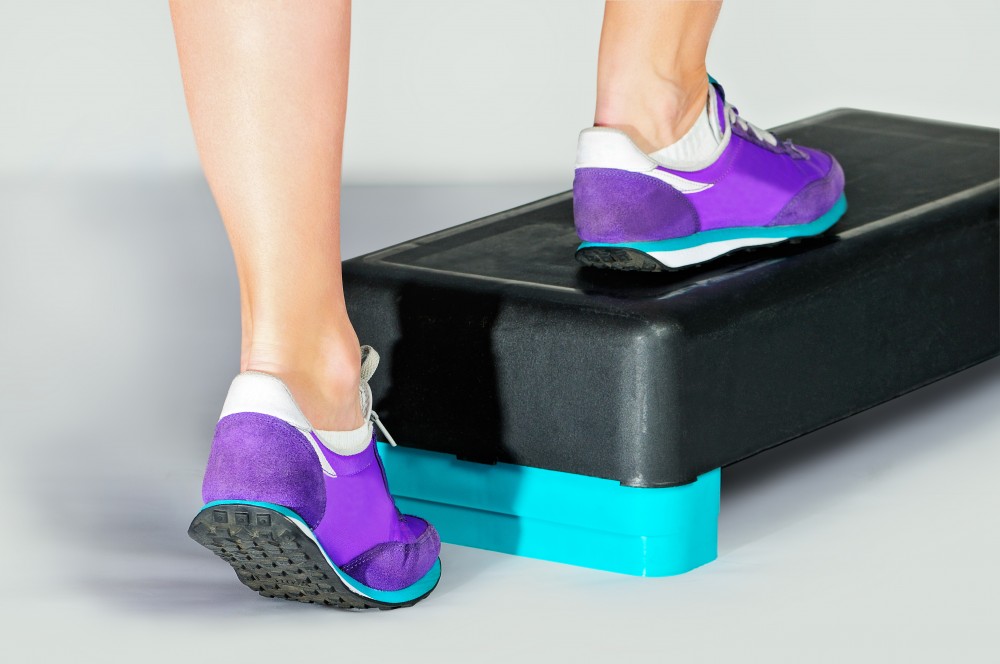 Step up and Down: this home exercise is very simple and can be done most places that have a set of stairs or even a single step. Simply step up and down slowly on the bottom step. This is not a test of your balance and you can hold onto something for support if needed. Try to do it slowly and at a speed that you could stop at any point. You can make it easier by either using more support from your hands or by picking a smaller step.
Step up and Down: this home exercise is very simple and can be done most places that have a set of stairs or even a single step. Simply step up and down slowly on the bottom step. This is not a test of your balance and you can hold onto something for support if needed. Try to do it slowly and at a speed that you could stop at any point. You can make it easier by either using more support from your hands or by picking a smaller step.
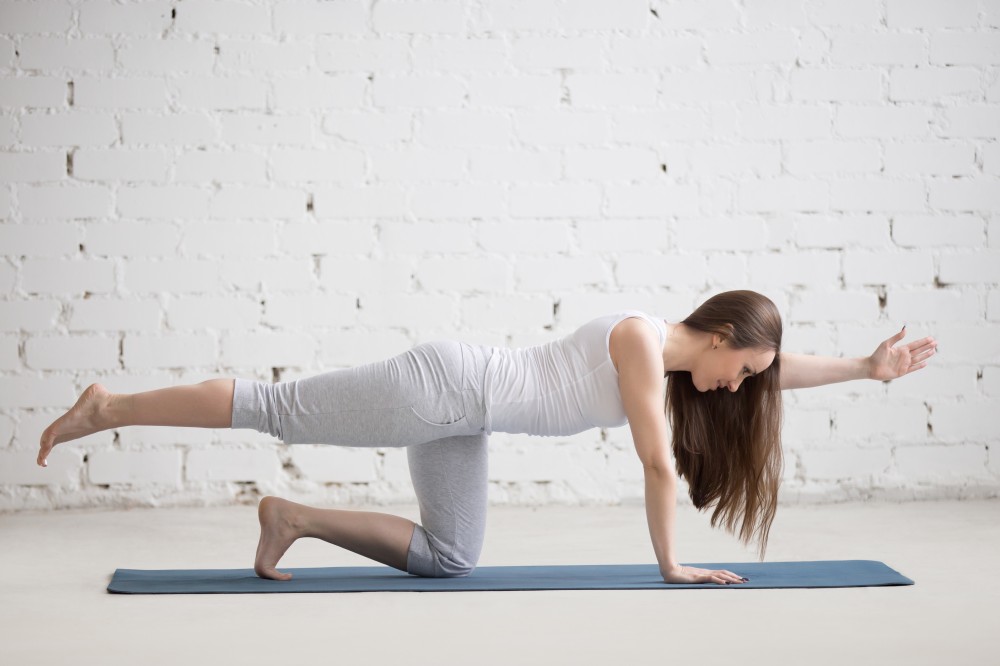 Superman: this is a good home core strengthening exercise that actually works most of the body and does not need any equipment. The only difficulty with this one is that it needs to be done on the floor, the bed really won’t be okay. So, if you can’t get up and down from the floor I would skip this one. To do this exercise, get onto the floor on all fours and slowly extend and stretch out your opposite hand and leg until you look something like superman!! Now for some people this will be too challenging in which case start with just doing one arm at a time. When you feel comfortable with stretching out an arm, try doing one leg at a time whilst keeping your hands on the floor. After a while you should be able to build up the confidence to stretch out your opposite foot and arm.
Superman: this is a good home core strengthening exercise that actually works most of the body and does not need any equipment. The only difficulty with this one is that it needs to be done on the floor, the bed really won’t be okay. So, if you can’t get up and down from the floor I would skip this one. To do this exercise, get onto the floor on all fours and slowly extend and stretch out your opposite hand and leg until you look something like superman!! Now for some people this will be too challenging in which case start with just doing one arm at a time. When you feel comfortable with stretching out an arm, try doing one leg at a time whilst keeping your hands on the floor. After a while you should be able to build up the confidence to stretch out your opposite foot and arm.
Some More Advanced Exercises to Try
So I have tried to make the above exercises able to be done by the majority of people at whatever stage of strength or fitness that they currently are. The exercises above can all be easily adapted and either made easier or more difficult in order to keep you fit and strong during the Corona Virus lockdown period. However below I have included a few extra exercises that are more challenging and that I would advise that you should be able to do all of the above fairly easily before attempting.
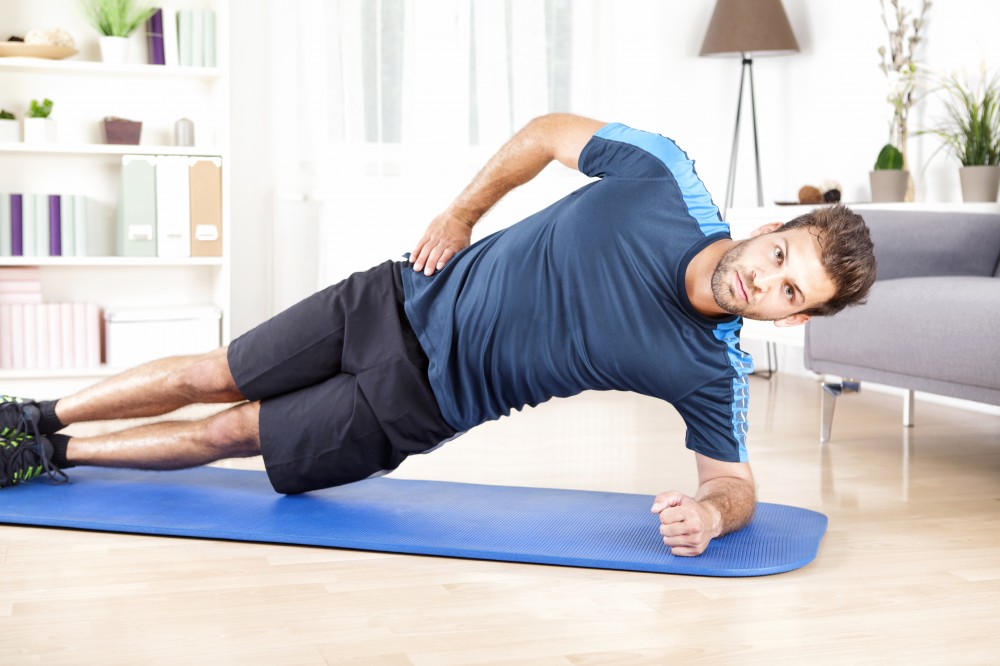 Side Plank: Much harder than its sibling the plank, so it may take a while to master this one but it is worth it in the long run as this will give you good lateral (side to side) stability at the hip an trunk. The picture shows a person holding good form in the basic side plank position, like the plank itself this is a great exercise because it requires no equipment, can be varied easily and is ideal for doing at home. Maintaining good form is important and as before I would recommend you either have a partner or friend watch you and give you feedback or you do the side plank in front of a mirror at home. To complete the side plank, lie on your side on the floor resting your weight on your elbow and with your legs straight, now push up and lift your hip off the floor. Hold this position and then slowly lower down. I would aim for 20 seconds initially and try to build up the time. If the full side plank is too hard initially then you can make it easier by beginning in a bent kneed position or by putting your other hand on the floor. To make it more difficult you can lift your upper leg up or use your hand instead of your elbow
Side Plank: Much harder than its sibling the plank, so it may take a while to master this one but it is worth it in the long run as this will give you good lateral (side to side) stability at the hip an trunk. The picture shows a person holding good form in the basic side plank position, like the plank itself this is a great exercise because it requires no equipment, can be varied easily and is ideal for doing at home. Maintaining good form is important and as before I would recommend you either have a partner or friend watch you and give you feedback or you do the side plank in front of a mirror at home. To complete the side plank, lie on your side on the floor resting your weight on your elbow and with your legs straight, now push up and lift your hip off the floor. Hold this position and then slowly lower down. I would aim for 20 seconds initially and try to build up the time. If the full side plank is too hard initially then you can make it easier by beginning in a bent kneed position or by putting your other hand on the floor. To make it more difficult you can lift your upper leg up or use your hand instead of your elbow
- Reverse Lunges: these require a bit more balance and strength (in my opinion) you’re your standard forward lunge. For these you need to step backwards with one leg and then go into a lunge as described earlier. A set of 10 of these should give you a burn and if that isn’t enough put some weights in your hands.
- Raised Bridges: So, you can do a none legged bridge easily. Well now, do the same but with you foot up on a the bed a couch or a chair.
- Double Leg Raises: a great core exercise. Keep your knees straight whilst lying on your back and lift both legs off the floor to about 45 degrees then lower them down slowly.
Okay, I hope that you have found this article about how to stay fit at home during the Corona Virus outbreak useful and that it has given you some ideas about how you can manage a home exercise programme at home with minimal equipment. The entire routine should take no more than 10 – 15 mins maximum and can be done pretty much anywhere. Please be careful when doing the exercises and consider starting with the easiest versions first, so as to give your body time to adapt. Also, if you are worried about any aspects of this routine or would like to develop a more comprehensive home exercise programme then please consider getting in touch either by giving us a call or booking an online video physiotherapy session. We are a home visit physiotherapy service based in Lichfield and serving areas such as Sutton Coldfield, Tamworth, Cannock, Walsall, Rugeley and Burton and we can be easily contacted via: enquiries@threespiresphysiotherapy.co.uk and 0788 428 1623
REQUEST A CALLBACK
Just fill in the form below and give us a quick idea of your problem/request so that we can be better prepared to help you.
